EBA implementing Data Point Model 2.0
- November 29, 2024
- 3 minutes
BR-AG | Senior Business Analyst, Practice Lead
Earlier this year, the European Banking Authority (EBA) outlined its plan to implement Data Point Model 2.0 (DPM 2.0) as part of the Reporting framework 4.0. This initiative aims to foster a more integrated approach to regulatory reporting across EU financial sector.
Notably, the development of DPM 2.0 has been a collaborative effort, with the European Insurance and Occupational Pensions Authority (EIOPA) and the European Central Bank (ECB) actively contributing to ensure harmonization and consistency across the financial landscape. As a result of their joint efforts, the so-called DPM ReFit project addresses issues with the current DPM and is responding to the increased volume, granularity, and complexity of the reporting data.
Building on the data dictionary format introduced in 2023, DPM 2.0 offers key benefits such as more granular reporting, improved versioning of data definitions, and improved data definitions relationships.
Transitional Period for a Smooth Shift
The EBA data point model specifies the attributes, definitions, and validation rules for each data point, allowing for standardized reporting across banks.
To facilitate the transition from DPM 1.0, the EBA envisages a transitional period for DPM 2.0 until December 2025.
To support a seamless transition, EBA plans to maintain both DPM 1.0 and DPM 2.0 concurrently from 2024 to December 2025. During this period, reporting frameworks will be published in both formats, although new areas, such as the Digital Operational Resilience Act (DORA), along with the Capital Requirements Regulation III (CRR3) and Capital Requirements Directive VI (CRD6) changes to COREP, Investment Firms (IF) and the Supervisory Benchmarking Portfolio (SBP), will only be available in DPM 2.0.
From December 2025 onward, all EBA reporting will exclusively use DPM 2.0.
This period presents an opportunity for banks, insurers, and national authorities to assess the impact of DPM 2.0 and plan necessary adjustments to their reporting and data collection systems. Evaluating these changes now, institutions might identify potential challenges early, optimize their data processes, and ensure a smooth transition.
Other Changes in Reporting Framework 4.0
EBA is conducting an extensive review of its DPM data dictionary to refine the semantic glossary. This effort aims to improve the precision of reporting variables and their definitions within EBA’s regulatory frameworks. The updated glossary will debut alongside Reporting Framework 4.0, expected in December 2024.
The Reporting Framework 4.0 introduces comprehensive updates aligned with the latest Capital Requirements Regulation (CRR3) and incorporates the new DPM Glossary, developed through an internal data quality review exercise.
Transition to xBRL-CSV and Architecture 2.0
From December 2025, EBA will only accept reports in the xBRL-CSV format. To facilitate this transition, EBA has been including JSON metadata in taxonomies since Reporting Framework 3.1. Additionally, Reporting Framework 4.0 will implement Taxonomy Architecture 2.0, aimed at streamlining reporting processes.
The EBA and EIOPA have been working together with Eurofiling to produce a revised version of the Taxonomy Architecture in order to implement the improvements introduced by DPM Refit to data point modelling, like historization of certain concepts, and also to simplify the structure by removing unnecessary artefacts, such as normative codes for taxonomy frameworks.
The Open Information Model’s (OIM) xBRL-CSV specification enables the representation and use of xBRL report data in CSV syntax. By combining the highly efficient and widely supported CSV syntax with the advantages of xBRL—such as taxonomy-driven structured data, robust validation, dimensional data point definitions, and multi-lingual data exchange—xBRL-CSV offers a powerful solution. It is designed for technical business users and taxonomy owners who want to understand how the xBRL-CSV specification supports the representation of various types of XBRL reports in this format.
The main changes between Architecture 1.0 and Architecture 2.0 are as follows:
- Versioning applied to extensible enumeration metrics, hierarchies of domain members, and dimensions.
- Use of release numbers instead of publication dates in release folders.
- Removal of redundant and unnecessary folders and files.
- Addition of
{module}-ignore-val.xmlto deactivate assertions in a module. - Changes in the implementation of validation rules.
With the transition from xBRL-XML to xBRL-CSV, banks, insurers, and national authorities will need to use up-to-date tools that are fully compliant with xBRL-XML. Some tools previously used for Architecture 1.0, such as DPM Architect, will not be updated for Architecture 2.0 and xBRL-CSV, making them obsolete.

Preparing for the DPM 2.0 Shift
Navigating the complexities of the EBA regulatory changes is no small task. Our advanced regulatory reporting tool, ATOME Particles, has been updated to support the xBRL-CSV format, ensuring also a seamless transition to the new Architecture 2.0 for our clients.
Need tailored support? Connect with our experts to leverage their consultancy services and ensure a smooth adaptation to evolving regulatory requirements.


